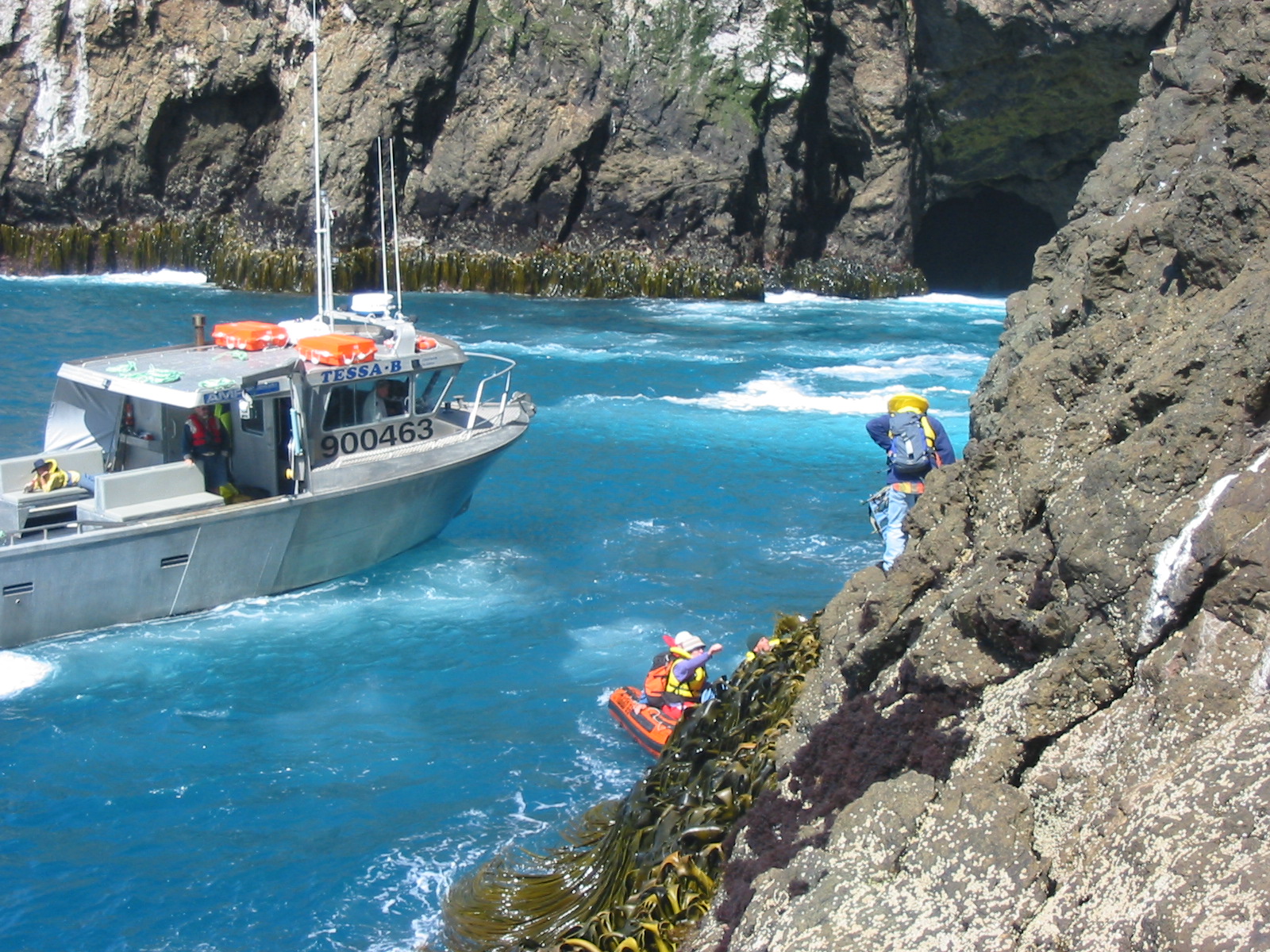The number of Northern Royal albatrosses living on some rocky sea-stacks near the Chatham Islands have been counted from space, the first time an entire population has been counted by satellite.

The Northern Royal albatross is endemic to New Zealand, but populations have been hard to count — especially the colonies on remote, inaccessible islands. Using super-high resolution satellite imagery, the team of British and New Zealand researchers took photos of the islands, zoomed in, and counted the white dots (albatrosses).
The rocky islands the albatrosses nest on near the Chatham Islands have been particularly hard to access, as they are often hit with wild weather and require decent rock-climbing skills to scale the 50m-high vertical cliffs. Paul Scofield, a researcher from the Canterbury Museum who was involved in the study, told BBC News: “I once waited a whole month on the main Chatham Island for the weather to clear so I could land.”
Peter Fretwell, the researcher from the British Antarctic Survey who led the study, told Radio New Zealand “the population of Northern Royal albatrosses on the Chatham islands was lower than we previously thought.” While that might seem alarming, he also said that a “single year’s breeding population may not be indicative of the whole population” and that “being able to do them every year by satellite, will give us a much better indication of what the true numbers are.”
A number of local and international media covered the new bird-watching technique:
New Zealand:
Radio NZ: Scientists keep eye in the sky on rare NZ birds
Radio NZ: Eye in the sky helps count birds in the air
TVNZ: Watch: Albatrosses counted from space appear as tiny white dots near Chatham Islands
NZ Herald: Weird Science: Bird-watching from space
International:
BBC News: Albatrosses counted from space
Independent: Albatross numbers on remote islands are being counted via space
Forbes: Extreme Birdwatchers Are Counting Albatross From Spaaace
CNN: Scientists can now count endangered birds from space